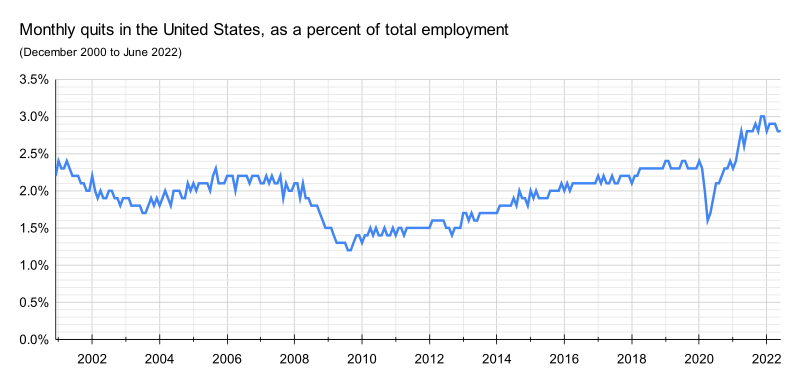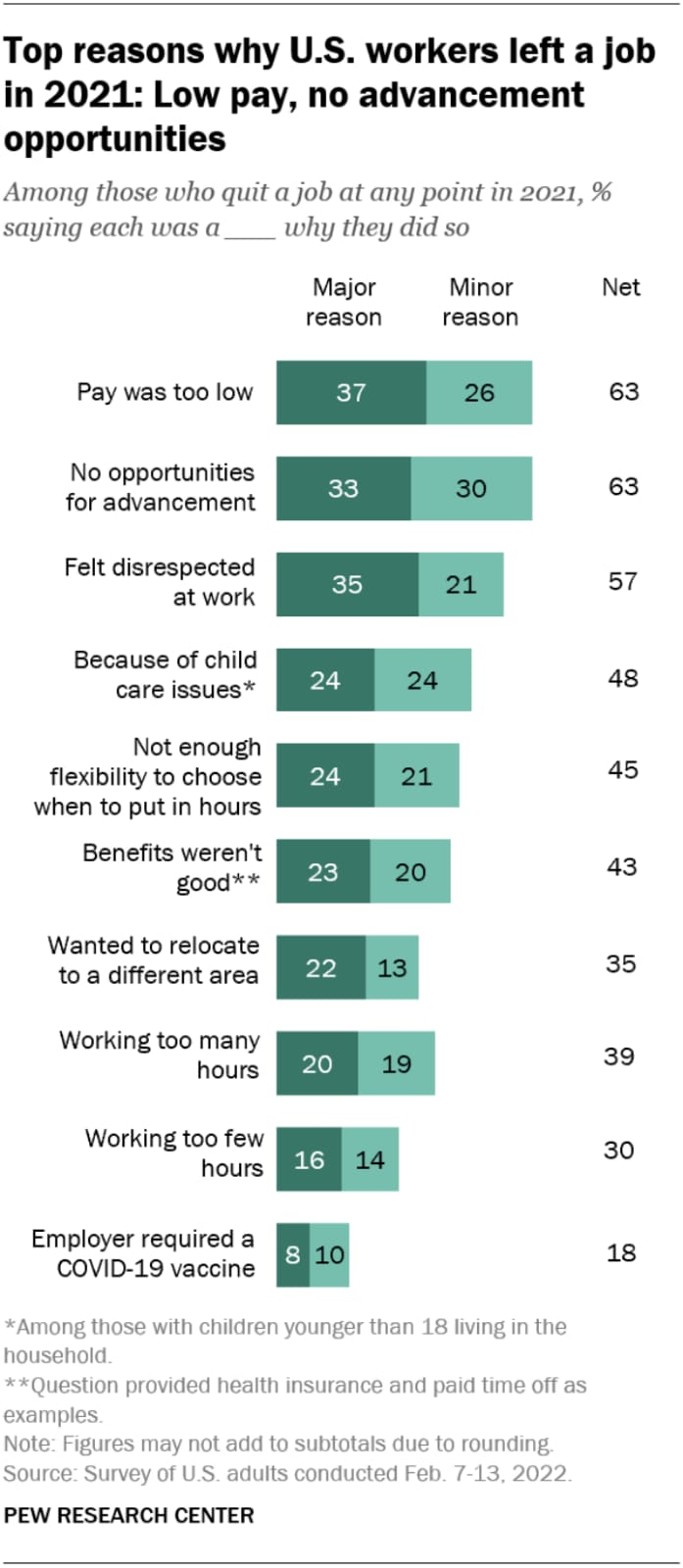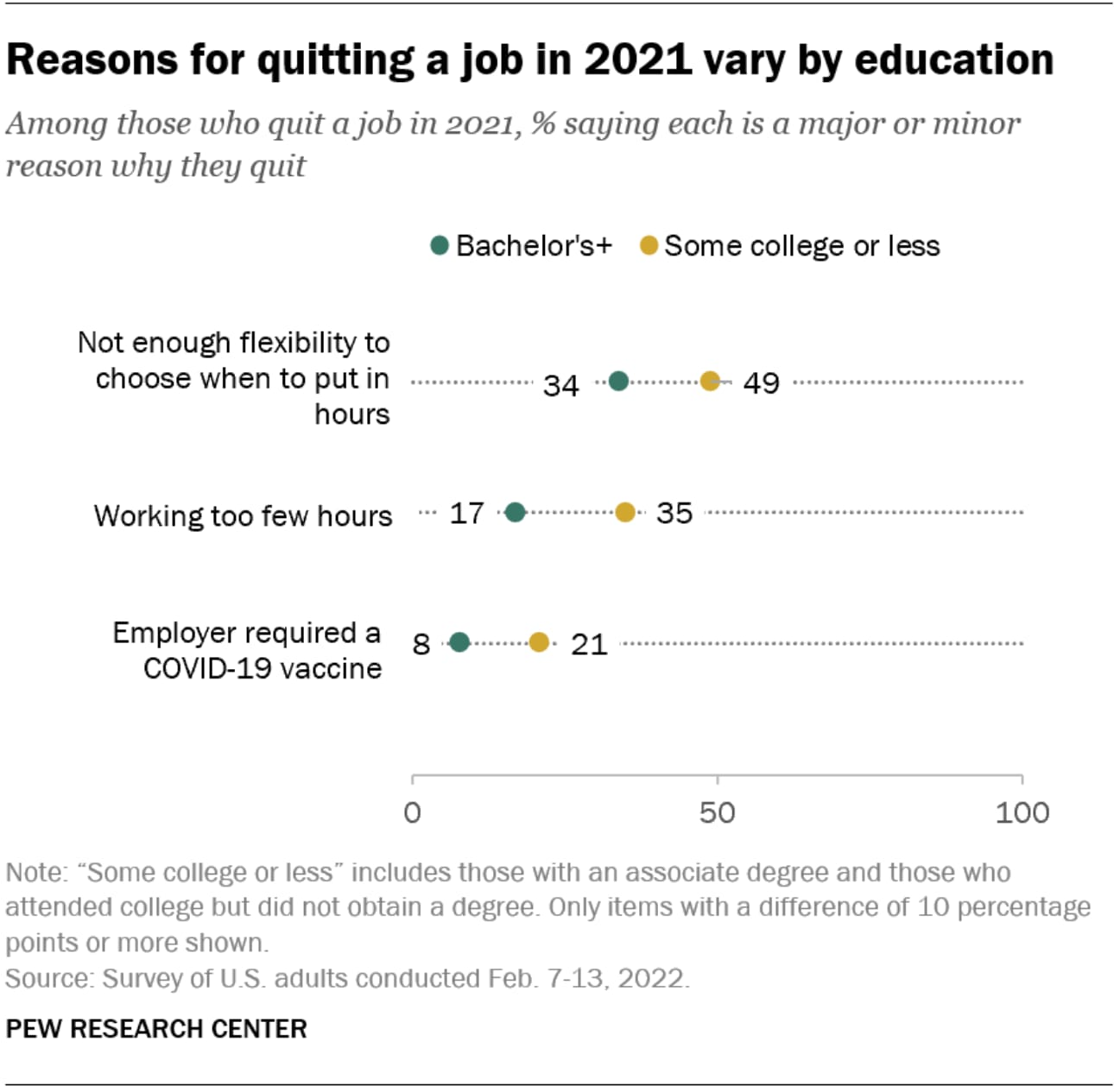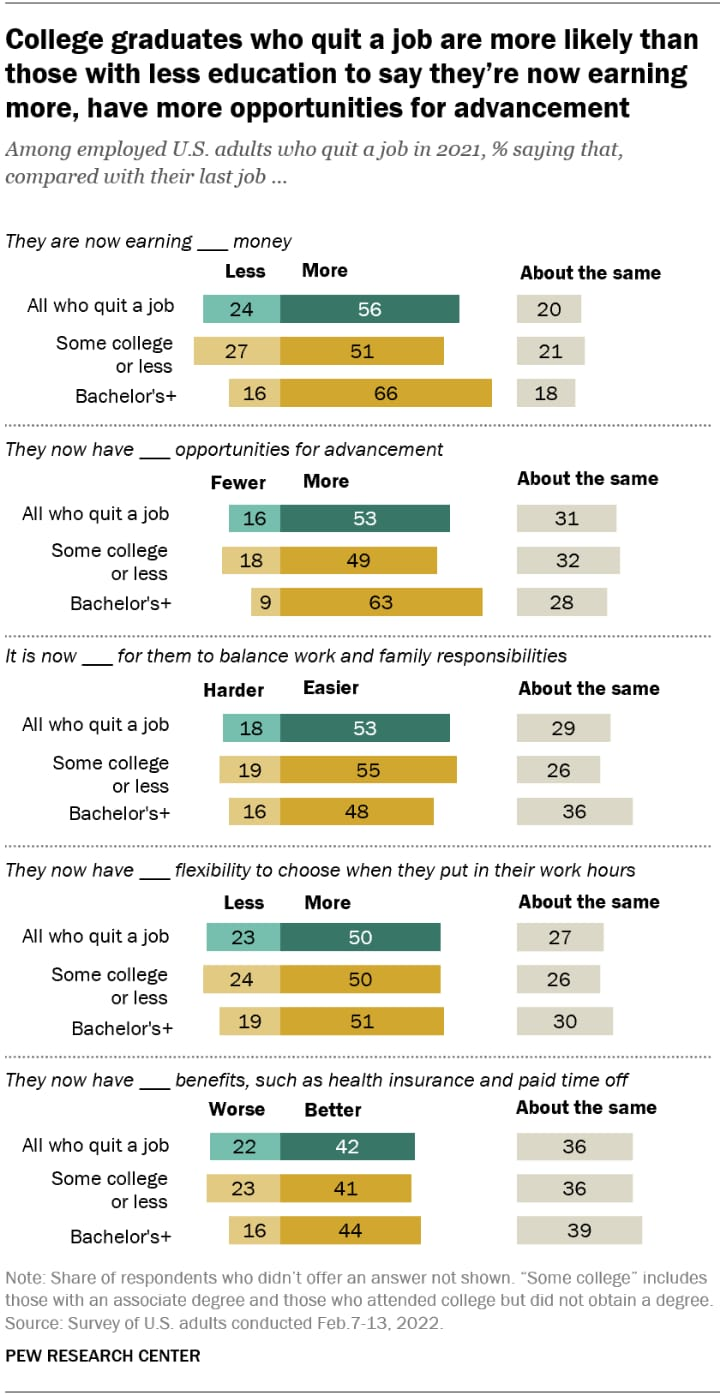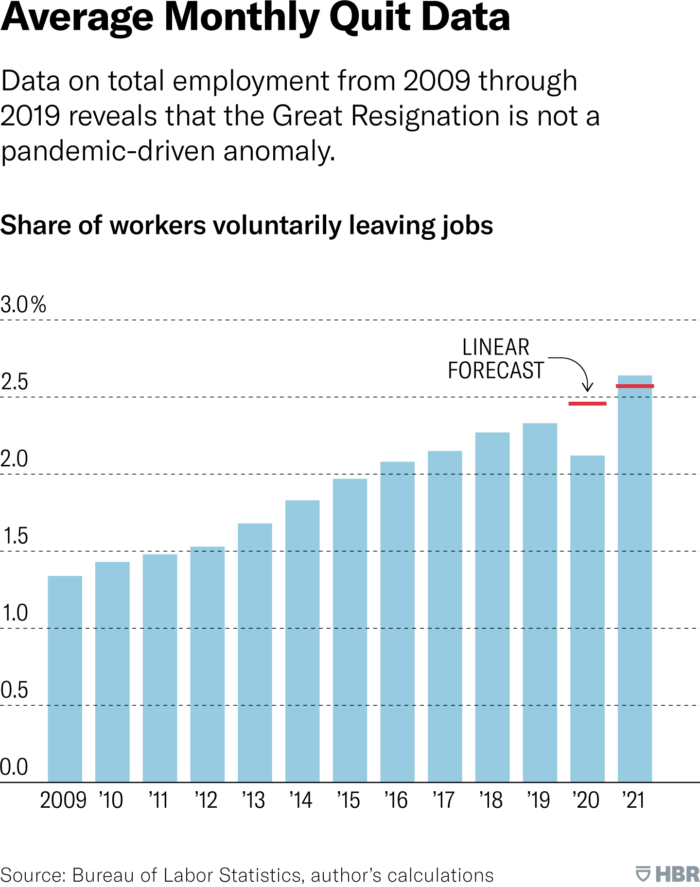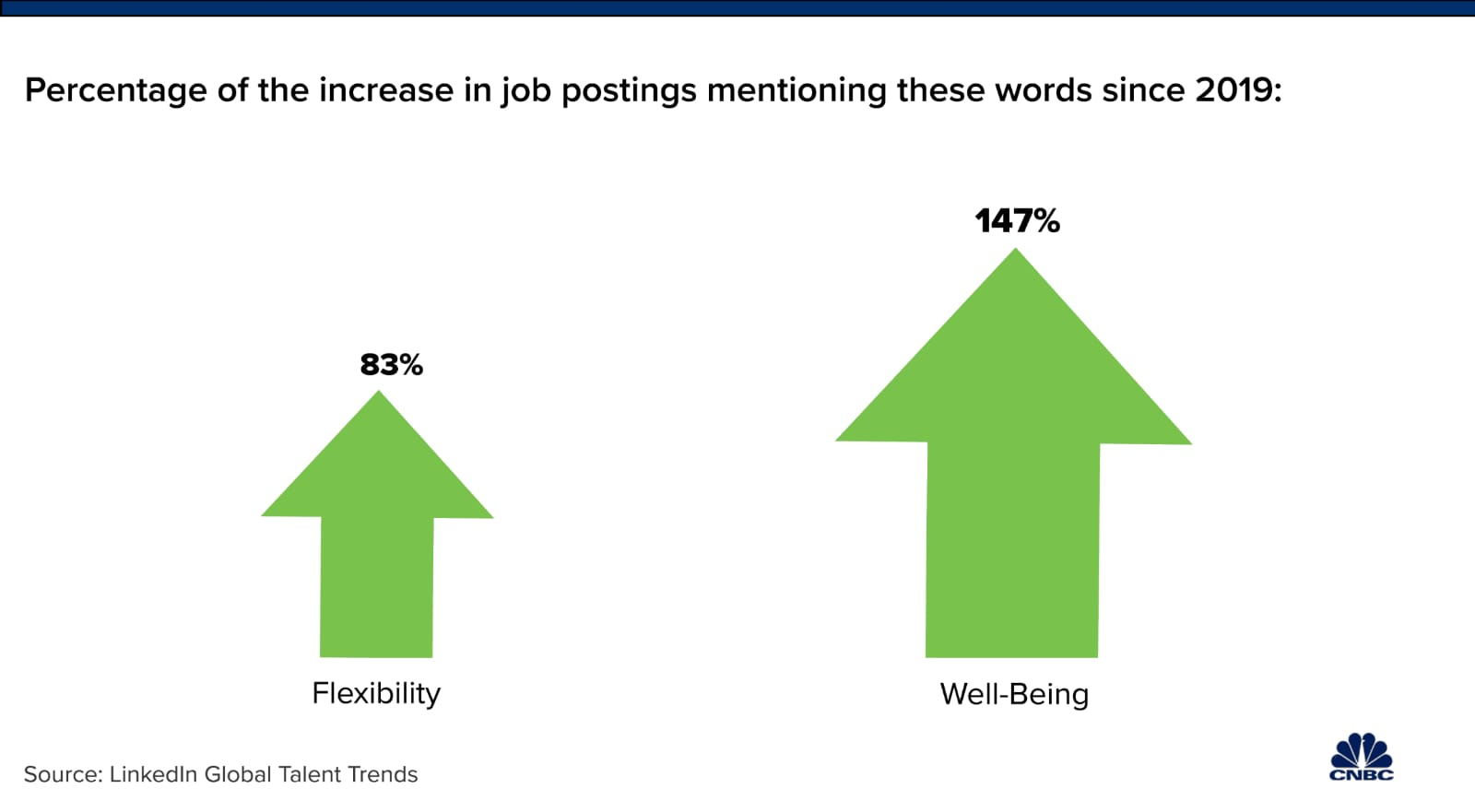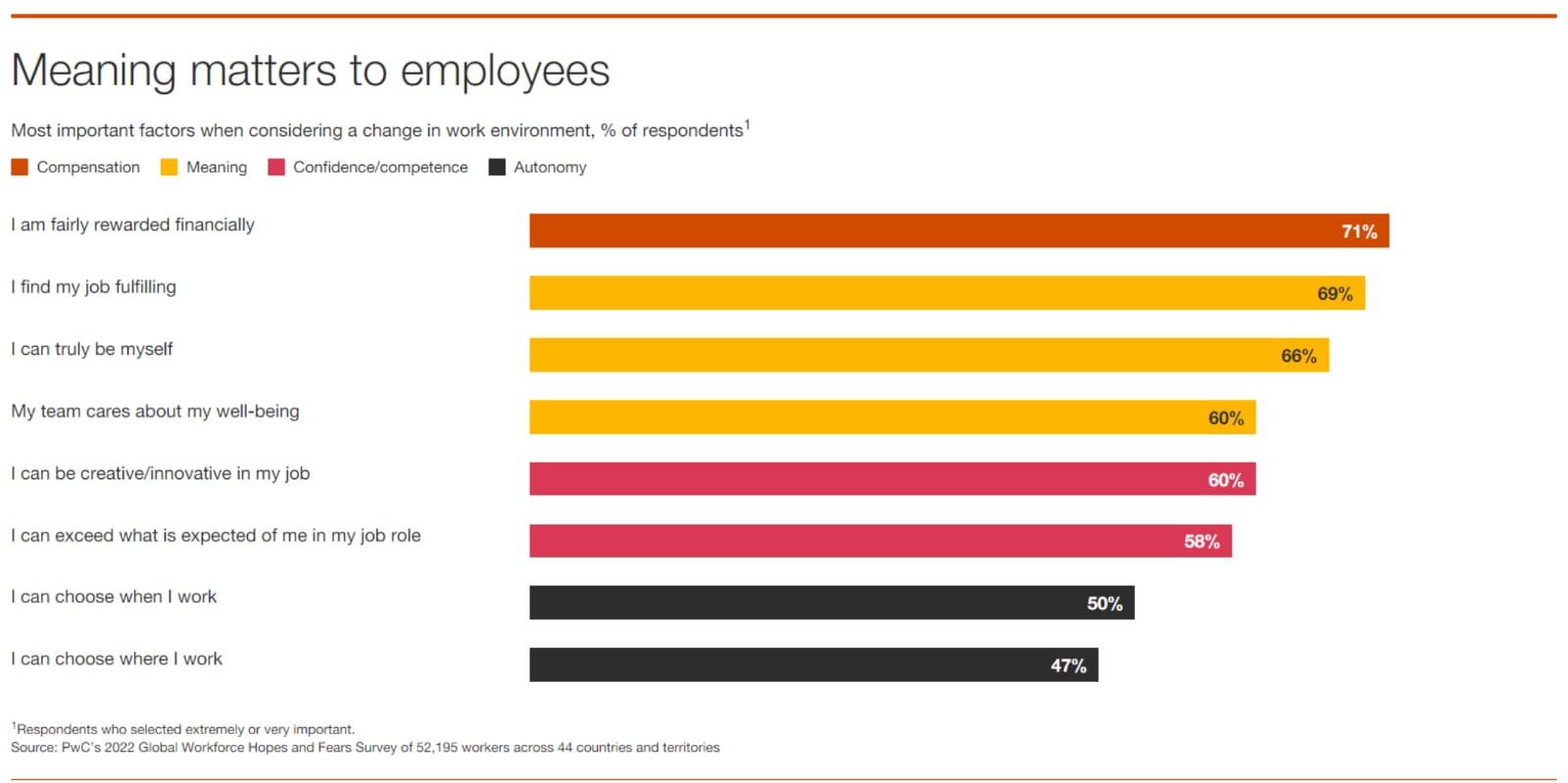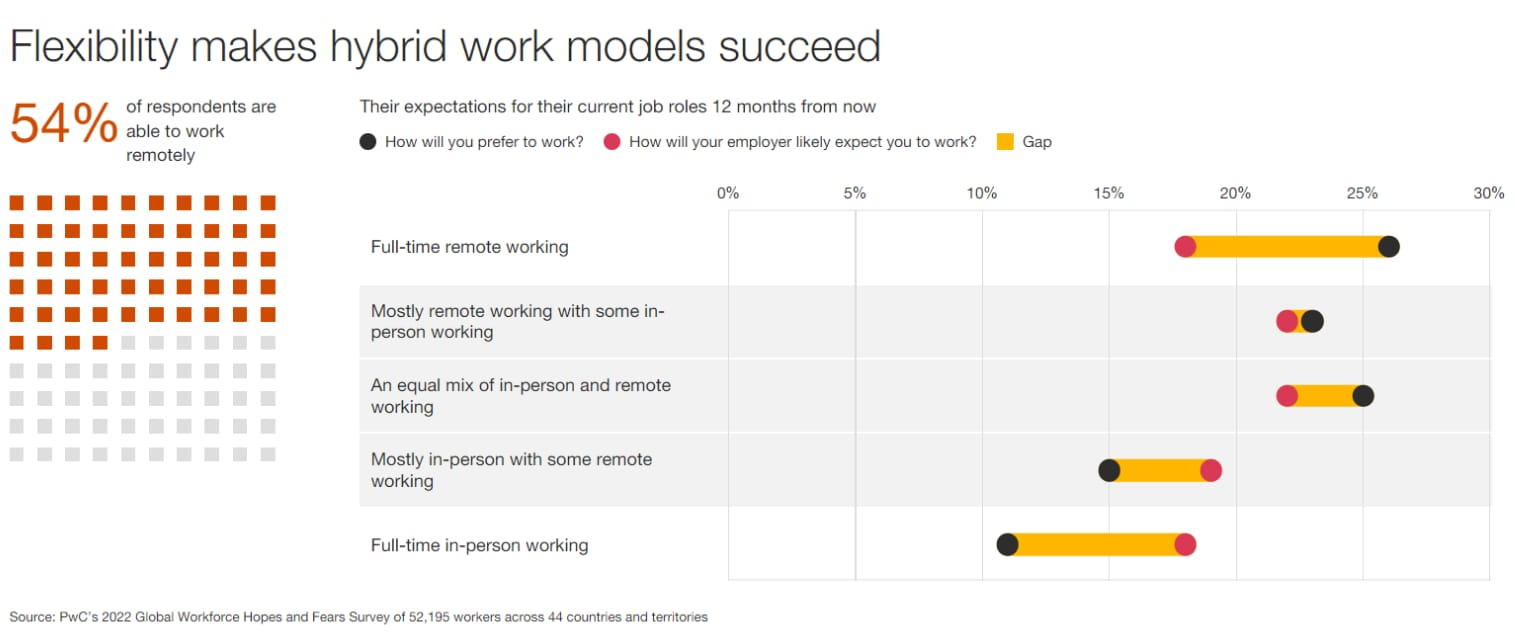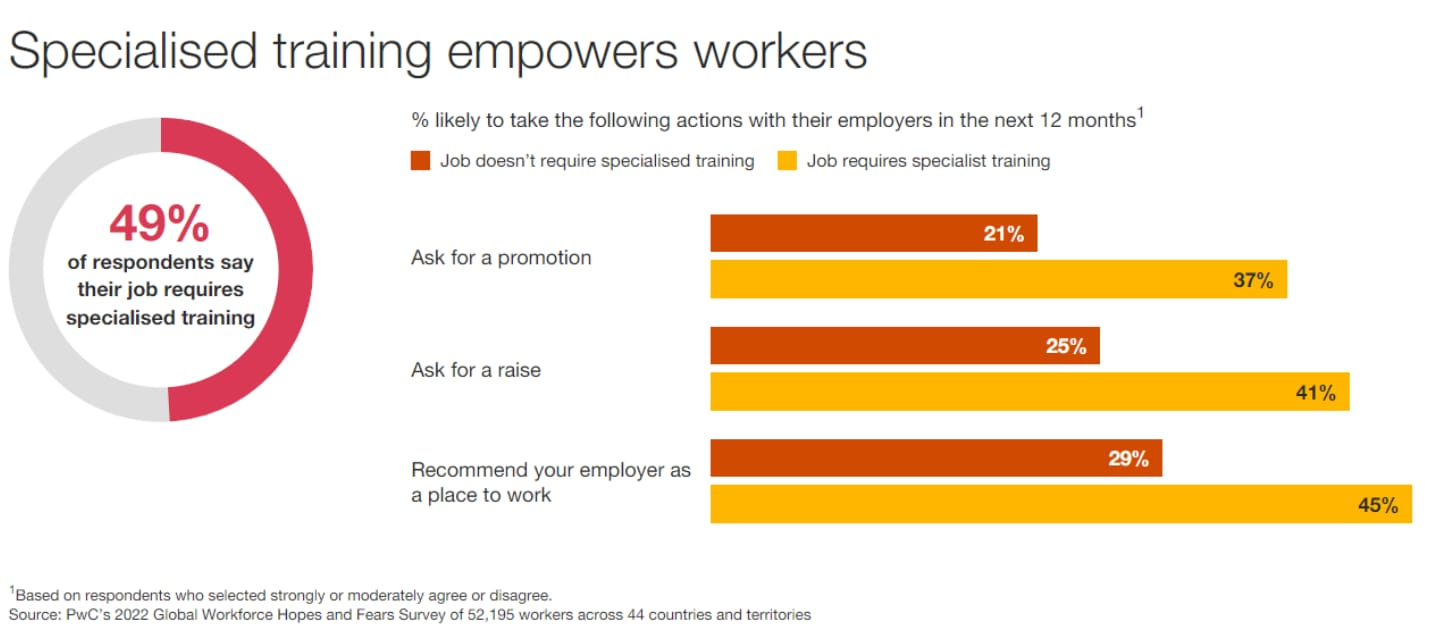Great Resignation 2022 [Statistics, Data, Trends & Precautions

Team Fueler
16 Nov, 2022

In this article, we will talk about how the Great Resignation almost uprooted the outdated work culture. It has made people think harder than ever about the work cultures, hiring processes, the relationship between employers and employees, and employees with one another.
The real task is to find the right hammer to break this huge Great Resignation rock and create a path to Great Retention.
Let's take a deep dive into this phenomenon.
Who coined the term The Great Resignation?
Great Resignation was first observed in the United States of America. Anthony Klotz (associate professor of management at Texas A&M University), made a prediction of a “sustainable” mass exodus in May 2021. He quoted, "The great resignation is coming," Bloomberg Businessweek Article.
What exactly is this mass exodus?
According to the U.S. Bureau of Labor Statistics, between April 2021 and April 2022, 71.6 million people quit their jobs. The average was 3.98 million people quitting each month. In November 2021, the level of quits reached a new peak of 4.5 million Americans. All of this voluntarily.
The year 2021 was the time when COVID-19 had deepened its roots in every nation all across the globe. Now the question worth asking is, Did COVID-19 alone drive Great Resignation?
The answer is NO.
“The pandemic has, of course, been the catalyst for the Great Resignation,” says Kristie McAlpine, professor of management at Rutgers University School of Business – Camden, US. The global health crisis made people prioritize their and their loved one's health, this increased the quitting rate.
If Covid-19 has been a catalyst, what could the causes be according to the Pew Research Center?
Three reasons were counted the most for the job quit by Americans in the US:
- Low Pay
- Lack of opportunities
- Feeling disrespected at work
Apart from these three, these reasons played the whole resignation game.
Adults who quit in 2021 without a four-year college degree, gave several reasons than those with at least a bachelor’s degree. Education variation, too, was a reason behind this mass exodus.
College graduates say they are now earning more than those with less education compared with their last job. They also have more opportunities for advancement. Those with less education are now earning less and they have fewer opportunities for advancement than college graduates.
Young adults and people who had a lower quit their jobs more than everyone else.
We saw it's not only COVID-19 to be blamed for it, rather it was an ongoing trend which peaked in 2021 in America.
These blue bars have something to show.
The period 2009-2019, saw the average monthly quit rate increasing by 0.10% points.
The year 2020, saw the quit rate getting slow down because of the uncertainties brought by COVID-19. People were afraid to lose their source of income, hence hung on to their jobs.
The resignation rate increased more than ever in 2021. This owes to stimulus checks being sent to employees and the uncertainties also started getting relaxed.
COVID-19 allowed workers to rethink:
- Their careers
- Their work conditions
- Long term goals
Employees desired:
- Remote work
- Flexibility
- Work-life balance
What is worth noticing here?
Great Resignation would have happened years back in America if there were some uncertainty like the COVID-19 pandemic. Hence, in other rising economies too. Klotz said, “We are not going back to 2019.”
There are some other resources. Let's see what the following people, reports, and articles have to say about it.
An IMF working paper by Carlo Pizzinelli and Ippei Shibata has compared causes of employment loss in the US and UK labor market to pre-covid 19 levels. The biggest identified cause is– the job mismatch.
Job mismatch is between sectors for which people are looking for a (desired) role and where the most vacancies are. Most vacancies could be because of unsatisfied hiring.
Job seekers take up that role for the time being to either meet their finances or simply because they don't see many options available. Job dissatisfaction keeps piling up in their heads making them quit one day.
Adobe's study shows that young Americans (millennials and GenZ) fueled this mass exodus. They are more prone to job dissatisfaction and are more likely to quit faster than GenX.
Vox Analysis of data from the people analytics provider Visier says something else.
In the first quarter of 2022, the number of resignations among workers aged 40 and older increased by over 33% for each age group measured. This growth rate is greater than that of under-40 age groups as they all saw increases of less than 32%.
Pew Research generations definition:
Ages from 42-57 are often at peak earnings years, but it may not mean that they're satisfied with their job. This means they also explore other job opportunities and switch roles.
What does this show?
This shows that job dissatisfaction is the root problem. Those who quit, irrespective of their age, were not happy with the work environment and job role in the first place.
1.McKinsey and Co. spoke to 2,800+ folks in 6 countries– US, Australia, Canada, Singapore, India and UK.
This shows that the Great Resignation is just not an American trend, it's global.
Let's see what is noticeable here:
1.48% quit their jobs to pursue new opportunities in different and desired industries.
Dowling lists two major factors driving exodus:
- Pandemic-included burnout
- Better odds of securing a higher paid role in a tight labor market
What's new?
- People are prioritizing skills over degrees.
- Their previous job experiences have created more opportunities for newer roles.
All of this has become a new ray of hope for job seekers. They can now take advantage of opportunities that might not have existed pre-pandemic.
2. According to a March McKinsey and Co. survey of 600 US workers, people quit their jobs to either work on their own businesses or follow a non-traditional path (like making temporary gigs).
The shocking part is that they quit their jobs without having other opportunities in the pipeline. This shows they were ready to do anything but not the job they were doing.
Why have people started to go for non-traditional paths even more?
- The growing desire for flexibility as much as 10% (WFH Research Project)
- Freedom to work from anywhere
- Choose their own boss to the advantage of their skills
Dowling adds that people are not ready to tolerate any limiting and toxic work environment. People are realising the value of access to the internet and skills. This has enabled them to land more opportunities than ever with connectivity all over the world.
Simon Sinek, a British-American optimist sees the Great Resignation as a market correction. Precisely, market correction in the labor market.
He takes an example of the law of nature. When things go imbalanced in nature, destruction happens after reaching a peak point and things start evolving gradually.
Likewise, companies took advantage of their workers and exploited them. The balance tripped in 2021 and thus, the Great Resignation. This not only raised the unemployment rate but also the decline of companies, including Unicorns. This tremendous shake has nothing to do with the business model. It has everything to do with leadership and work culture.
There is always room for improvement. This incident can be taken as an opportunity to help companies double down on healthy work culture and give people a place where they feel:
- They want to go to work
- Their energy is not just invested in helping other people
- Their work contributes to something bigger and they feel recognised
- They have a voice and are seen participating
- They're not just making money rather sharing joys and spoils together
Nicos Marcou, an HR for 10+ years, in his Tedx Talk, humorously highlights one big issue that has been ignored since ages.
RESUME
The resume is not a problem. It may never be a problem and thus, there exists no discussion on getting rid of it.
The problem is treating Resume as the sole evidence of someone's potential and capabilities. Ever since the 1950s, Resume has been a mainstay in the job application process.
Nicos talks of absurdities while resume building like focusing on font psychology. Choosing the sexiest font ever to build the most seductive resume ever, never guarantees you a job role. Many people don't know that nowadays, AI rejects their resume if it does not have certain keywords even before reaching the person.
What should they do to build this ideal resume?
- Spend nights learning resume keywords?
- Learn resume font psychology?
- Practice writing resumes in templates?
The truth is, there exists no ideal resume. Resumes are subjective to each individual.
The world of work is constantly evolving and people are becoming generalists with multiple sources of income. It is essential to question the tool to get a job rather than the whole of you.
Nicos talks of some ill sides of resumes:
- Lying about your experiences, hobbies, and skills
- Using buzzwords like orchestrated and spearheaded. Wait, do you use such words for yourself in a normal conversation? No, right.
- Limiting your achievements
- Making you more conscious of the format, font, style, and things other than making your proof of work a prime priority.
What can be the alternatives to a resume?
- Requesting portfolios that have a person's Proof Of Work
- Leveraging technology to have candidates team up and engage with one another.
This would show how people are with each other and how they can make the workplace worth working in.
- Put candidates through situational assessments to know how adaptive they are to uncertainties
- Make them participate in friendly challenges where they would support, hold each other accountable and learn from each other.
All of this would create a talent pool and people would get different options to apply for different roles.
This would also filter the right persons for the employers. Because hiring the wrong person costs 30% of one's entire salary + time taken to train them for the role.
What should be done to improve the work culture employees are working in?
- Build trust by helping their employees as much as possible.
- Create an inclusive workplace culture so that ½ of the people have the liberty to choose how they can apply and customize their work experience.
- Reward the employees for the work they do. In simple terms, give them Kudos. Let them have recognition for their work.
- Encourage them to come forward with ideas, permissionless projects, and infinite questions.
- Spare them time to know other employees as individual people and not just as colleagues. Use an employee resource group platform to streamline the set up and management of a complete network of outreach entities.
“Workers from the C-suite to the front line are still feeling a bit in flux as the exit to the pandemic drags on and on,” said Klotz, who noted that many companies are still experimenting with work arrangements.
“We’re entering into a period of time in which much of the resignation activity we’re seeing is comprised of employees moving toward companies that have made this shift, that has embraced the future of work rather than resisted it,” he added.
Great Resignation: A blessing in disguise
Employees, especially in the tech sector, have a golden opportunity to skyrocket their careers in sufficient time. This is because employers have been worried about losing staff.
Employees have the following opportunities:
- Having the liberty to say NO to underpaid work. It's high time to charge for the value you provide.
- If you've constantly been upgrading the value of your work, yet at the same rates, you deserve a promotion. Ask for it.
- Cross-train and lateral shift. The time to count on only one skill is gone now. Prepare yourself for different roles and responsibilities. You can also make a lateral job shift within the same organization.
- It's time for both the employers and employees to figure:
- What do they want for themselves?
- What do they want from whom they hire and work for respectively?
Ever since the pandemic, the shortage of skilled IT professionals has increased. This means you can move a step ahead by improving yourself. Employers are willing to pay more for the right ones.
Along with quitting in 2020-22 for all the industries and regions, there have been job openings for the same in the Job Openings and Labor Turnover Survey (JOLTS) by the U.S. Bureau of Labor Statistics (BLS).
Apart from increasing the pay, the following factors matter to the employees:
Meaning their jobs serve
Flexibility makes hybrid work models work
Specialised training is a boon
The Great Rehire
Moving from a sustainable Great Resignation to a sustainable Great Hire;
Employees are not rushing for any and every job role. While COVID-19 spurred the Great Resignation, it has also made people reflect on their abilities. Many people made the best use of the lockdown by learning many skills and working on side projects.
As Nicos Marcou suggested in his Tedx Talk, people should start building and working on side projects. This gives them an unfair advantage in attracting high-paying clients.
As of April 2022, there were nearly 11.4 million job openings in the U.S., according to the Bureau of Labor Statistics. Employers can get their company to a fast growth track by leveraging the following:
- Social Media: A person's social media profile is their walking-talking work profile. To build credibility around their workplace, they can share information, stories, and opportunities for the required domains.
- Hybrid work modes: To enhance the work quality, it's important to value the employee's working environments. Hybrid working environments would help employees explore different work environments which would help them think out of the box.
- Respecting diversity: 49% of job seekers look for a diversified workplace. It should be accommodating different languages, cultures, ethnicities, races, genders, etc. This helps employees know people from different backgrounds and collaborate well together.
Conclusion
We have seen that every report, article, and person has pretty much concluded the same thing:
Improve work culture.
Talk to employees apart from work-related topics.
There is one more side to the conclusion:
Have an unfair advantage of your skills to choose the right company and client for yourself.
Your role, as an individual, is to stand up for the non-traditional path we would want to walk on.
Start learning around it and creating what we aim to do. Approach people with confidence, proof of our work and skills, and have what we deserve.
No chance we would not be working with people who value our efforts, and us.
Special thanks to Rajita for covering this, she is a content writer who loves writing and creating stories.
